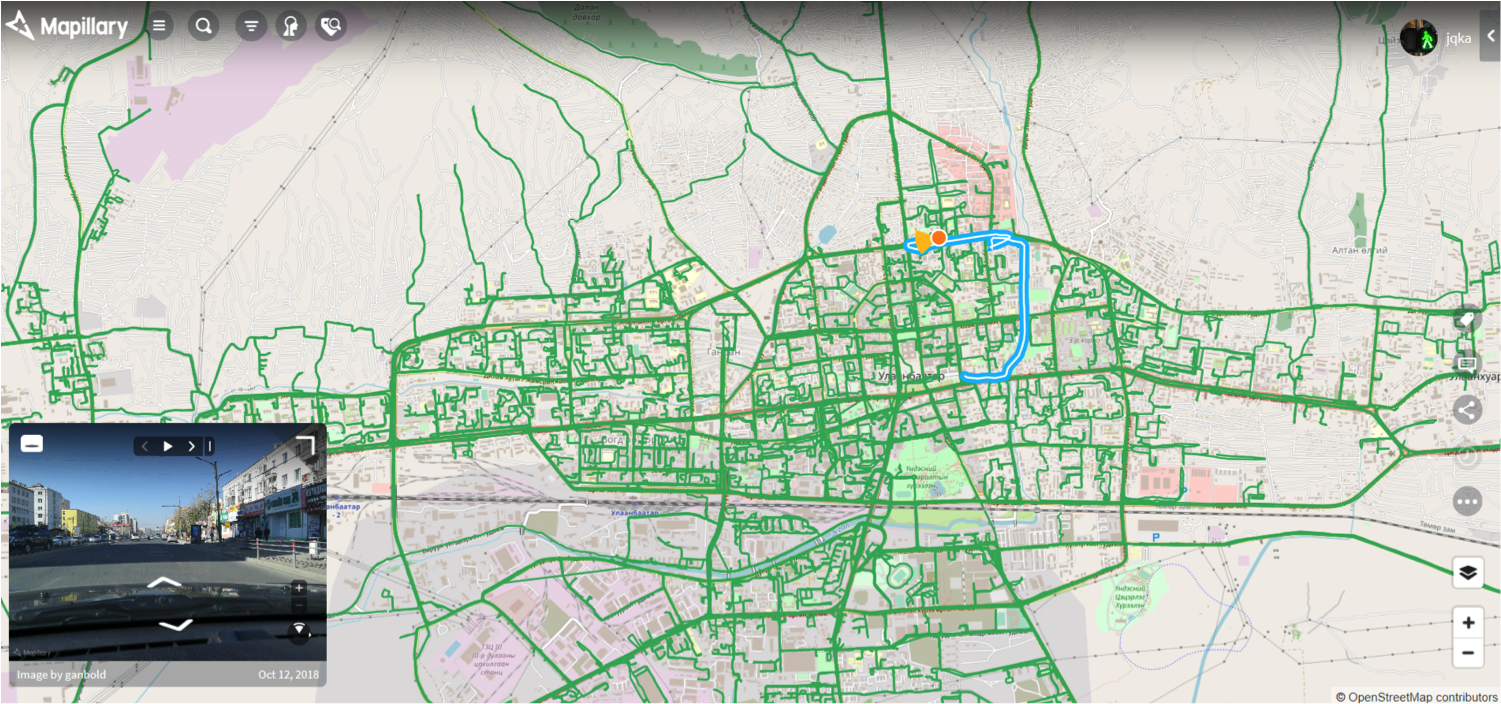
The panoramic view of the entire city of Ulaanbaatar (Photo credit: Jaturunp)
Ulaanbaatar, Mongolia, is a dynamic urban center in one of the least densely populated countries in the world. The city has seen marked population growth over the past decade, buoyed by a steady stream of internal migrants who are drawn to the opportunities of living and working in the country’s political, financial, and economic hub. Since 2010, over 125,000 people have arrived in Ulaanbaatar, bringing its total population to 1.4 million.
A linchpin of the city’s economic development, Ulaanbaatar’s transport system is facing increasing stress from its rising population, which is likely to be exacerbated by the impacts of climate change. Despite improvements in recent years, its transport infrastructure still faces major challenges in access and connectivity, including in its underdeveloped road network.
Both the central government of Mongolia and the Municipality of Ulaanbaatar strongly recognize the importance of bolstering the long-term resilience of the city’s transport infrastructure. GFDRR is supporting the municipality in building the city’s first-ever comprehensive inventory of transport assets, such as roads, traffic signals and signs, pedestrian facilities, and bridges. This inventory will help officials track the location and condition of these assets, and maintain them and invest accordingly.
RESULTS IN NUMBERS
Mapped 1,100 kilometers of all paved streets and collected 340,000 street-view images
As a first step, this initiative piloted a crowdsourced mapping campaign, which mobilized residents of Ulaanbaatar to take street-view images of their city. Combined with the efforts of hired drivers, the public campaign mapped all 1,100 kilometers of paved streets in Ulaanbaatar and collected 340,000 street-view images.
Following the mapping campaign, a technical team is partnering with a consulting firm to build a tool to automate the process of classifying the conditions of these transport assets using street-view images. The city will be able to use the tool in the future to update the conditions of assets in the inventory with transparency and little cost.
In conjunction with this work, the technical team is also helping the municipality develop its first-ever transport asset management plan for climate resilience. This plan, of which a first draft has been completed, will help municipal authorities optimize the use of financial resources in the maintenance and repairs of their transport assets, thus minimizing risks and losses in the transport sector from climate-related disasters.
In recent years, the Municipality of Ulaanbaatar has initiated and implemented a number of transport infrastructure investment projects. With the harsh climatic conditions and increasing frequency of climate-related disasters, the existing infrastructure is prone to rapid degradation. The World Bank support in this regard is timely and will benefit both public officials managing the city’s transport assets and residents who rely on them daily.
—J. Togtokhbayar, Director of the Road Development Authority of Ulaanbaatar.
